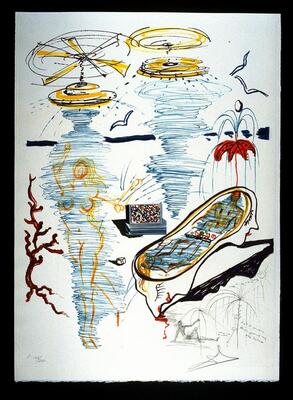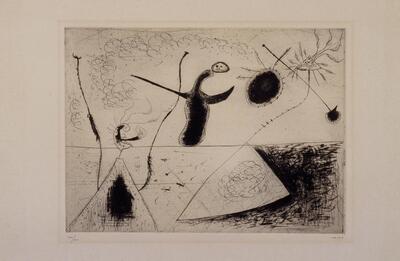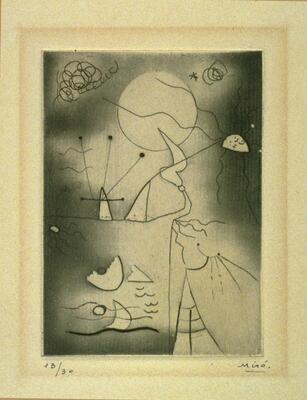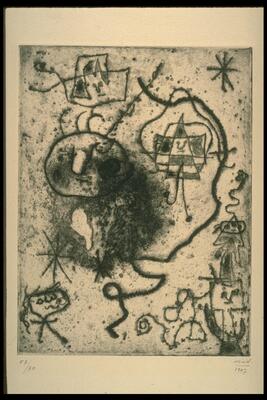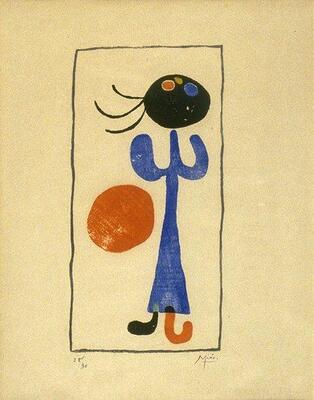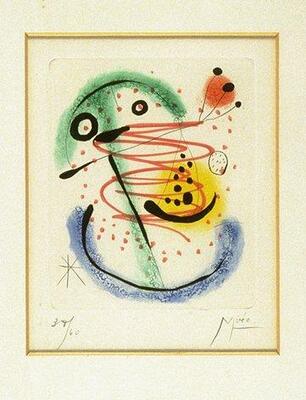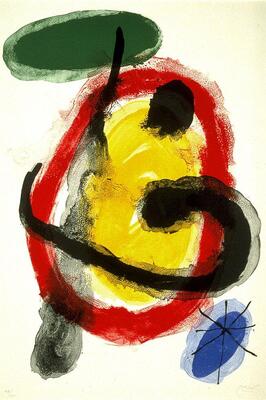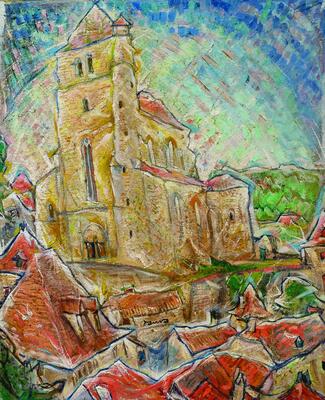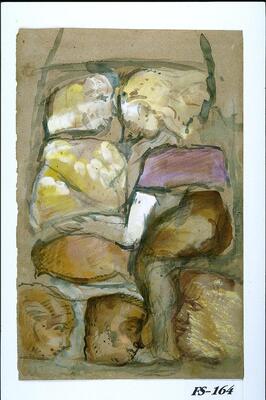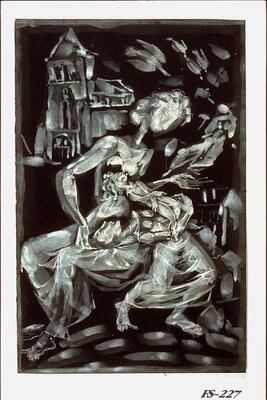Activity : Advanced Catalan Language, Culture, and Society
W20 RAMIREZ - CATALAN 405 / SPANISH 405
Part One: Look through the Exchange Resource
Take a few minutes and look through the Exchange resource for your course https://exchange.umma.umich.edu/resources/27991
Make note of any reoccurring themes or visual cues (are artists painting/creating similar items? Using similar colors?) Below are some questions to consider when looking through the Resource:
As you look, consider:
- What drew you to this work in particular?
- How do you think it was made?
- What feeling, mood, or thought does this work evoke for you?
- Can you draw a comparison between what you have read or discussed in class to what you see?
Visual artists use formal elements such as line, color, texture, and space to create and convey meaning:
- Look at the form of the piece- how would you describe the colors?
- What words capture the quality of line in this work?
- What role does surface texture play, if any?
- How is space depicted?
- Does the title of the work provide helpful information for this discussion?
1. Discuss together what you notice about this selection of art as a whole.
2. What are some common themes or visuals that you see?
3. Which work of art or artist is your favorite? Why?
Part Two: Salvador Dalí and Joan Miró – Surrealist art
Surrealism is a cultural movement that started in 1917, best known for its visual artworks and writings and the
juxtaposition of uncommon imagery. The Surrealists sought to channel the unconscious as a means to unlock the power of the imagination. Disdaining rationalism and literary realism, and powerfully influenced by psychoanalysis, the Surrealists believed the rational mind repressed the power of the imagination, weighing it down with taboos. Influenced also by Karl Marx, they hoped that the psyche had the power to reveal the contradictions in the everyday world and spur on revolution. Their emphasis on the power of personal imagination puts them in the tradition of Romanticism, but unlike their forebears, they believed that revelations could be found on the street and in everyday life. The Surrealist impulse to tap the unconscious mind, and their interests in myth and primitivism, went on to shape many later movements, and the style remains influential to this today. Two very popular Surrealists were Spanish artists Salvador Dalí (1904-1989) and Joan Miro (1893-1983).
We have several works included here by Salvador Dalí:
1. Which one is your favorite and why?
2. How would you describe his art?
3. What are some repeating patterns/colors etc. that you see?
4. What are these works talking about/envisioning? (if you get stuck, you can look through the object record of each work, just click on the photograph)
Now take a look at Joan Miró’s works.
1. Which one is your favorite and why?
2. How would you describe his art? What are some repeating patterns/colors etc. that you see?
3. Looking at the date of these works, we have three from the late 1930’s through the 1940’s, with three of his later prints from the 1950’s into the 1980’s. What is the difference in style and content that you can see from these two time periods? (hint: What was going on historically around from the mid 1930’s until the mid 1940’s?)
4. Why do you think Surrealism was so popular during this time period?
Part Three: Pierre Daura and Cercle et Carré
In 1929–30, Pierre Daura (1896 - 1976), a well known Catalan artist, joined Michel Seuphor and Torres-Garcia in organizing the group Cercle et Carré (Circle and Square), which promoted geometric construction and abstraction in opposition to Surrealism. The only Cercle et Carré exhibition was held at Gallery 23, in Paris in April 1930. Virtually ignored by the French press at the time, Cercle et Carré is now considered of great importance in the history of modern art.
Now take a look at Pierre (Pere) Daura’s works:
1. How do his works differ from Dalí and Miró?
2. How are his works similar?
3. Why do you think that Cercle at Carré was not popular with the French press and the public at that time?
Part of 1 Learning Collection
<p><span style="font-size: 14px;">Teaching Guide</s...
<p><br></p>W20 / W 21 Andre - AAS 201
<p><span style="font-size: 14px;">W20 RAMIREZ - CAT...
<p><span style="font-size: 14px;">Originally used f...
<p><i>Oh, honey... A Queer Reading of the Collectio...
Created For
K-12 EducatorK-12 Student
Museum Visitor
UMMA Docent
UMMA Staff
University Faculty
University Student
Rate this Resource
AVG: 0 | Ratings: 0
& Author Notes
Creative Commons by-nc-saLast Updated
July 30, 2020 12:17 p.m.Report
Reporting Policy

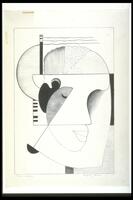
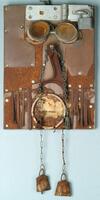
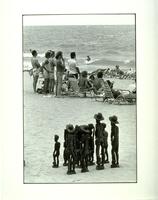

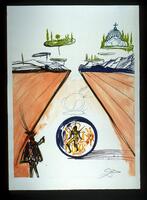

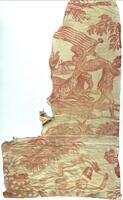
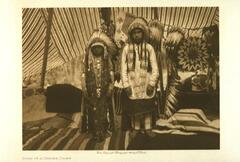
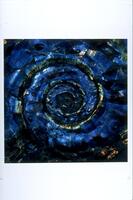
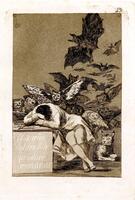
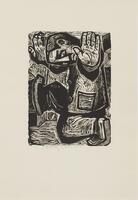
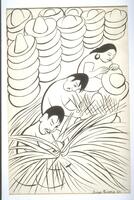
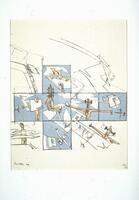
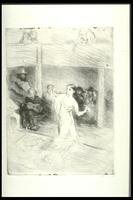
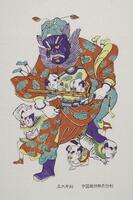
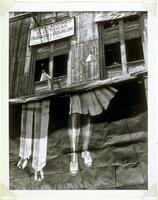
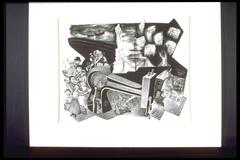

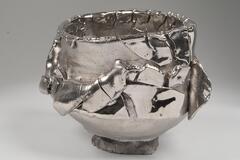
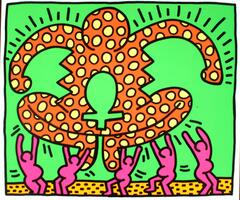

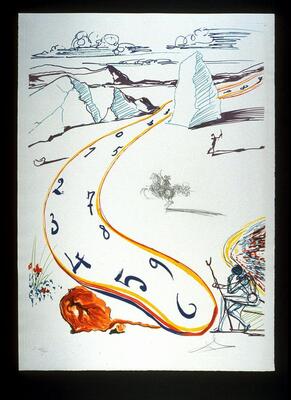

![In this mixed-media print, there is a white background with black outlines of facial features, lips and an eye, and a creature in the bottom left. In the upper left corner there is a rectanglular sheet in cream layered on top; a wavy vertical design stretches diagonally from the top of the rectangle to the bottom in yellow, red, and blue. Within this sheet, there are small figures at the center left drawn in black. To the right in the sheet, there is a collaged image of one of the artist's paintings, incorporated into a cube. Above, there are drawn birds. There is a small mechanical-like figure on the sheet at the bottom left. At the center of the print, in the cream page, the artist signed "Dali" and dated the print "1975. To the bottom left, on the larger white page, there is text inscribed in the plate, mirrored and someone illegible, that possibly reads "Leill Ciclopeer Alucire la bouche Almient tire / Lula [illegible]." The print is number at the lower left in pencil. In this mixed-media print, there is a white background with black outlines of facial features, lips and an eye, and a creature in the bottom left. In the upper left corner there is a rectanglular sheet in cream layered on top; a wavy vertical design stretches diagonally from the top of the rectangle to the bottom in yellow, red, and blue. Within this sheet, there are small figures at the center left drawn in black. To the right in the sheet, there is a collaged image of one of the artist's paintings, incorporated into a cube. Above, there are drawn birds. There is a small mechanical-like figure on the sheet at the bottom left. At the center of the print, in the cream page, the artist signed "Dali" and dated the print "1975. To the bottom left, on the larger white page, there is text inscribed in the plate, mirrored and someone illegible, that possibly reads "Leill Ciclopeer Alucire la bouche Almient tire / Lula [illegible]." The print is number at the lower left in pencil.](/media/W1siZiIsIjIwMjIvMDUvMjUvMWUwenVmM3Nlel9kZWZhdWx0LmpwZyJdLFsicCIsInRodW1iIiwiNDAweDQwMCJdXQ?sha=5cdc528392f1c276)
